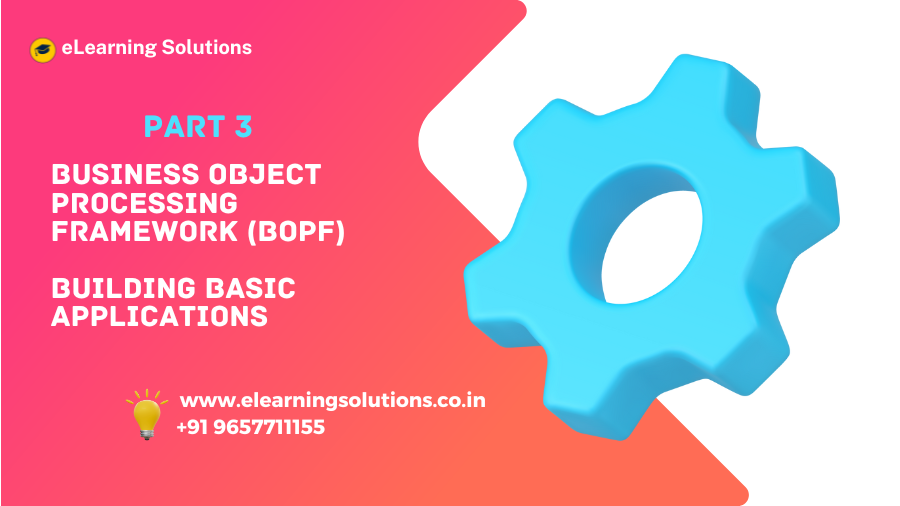In the previous installments of our BOPF deep dive, we explored the core concepts and functionalities of this powerful framework. Now, it’s time to roll up your sleeves and get hands-on with building basic BOPF applications. This blog equips you with a step-by-step guide, empowering you to create functional applications that leverage the efficiency and flexibility of BOPF.
Shaping the Foundation: Defining the Business Object with Annotations
The first step in building a BOPF application involves defining the business object itself. This is achieved using annotations within ABAP classes. Here’s a breakdown:
- Entity Annotation: This annotation declares the main business object type. It specifies attributes, associations (relationships with other objects), and navigation properties.
- Attribute Annotation: This annotation defines individual data elements within the business object, specifying their data type, length, and other relevant properties.
- Node Annotation (Optional): This annotation allows you to define hierarchical structures within the business object, useful for representing complex relationships.
Mastering Data Access: CRUD Operations
BOPF empowers developers to implement data access logic for CRUD (Create, Read, Update, Delete) operations on the defined business object. Here’s what you need to consider:
- Read (GET): This involves retrieving data from the backend system. You can implement methods to fetch specific objects based on unique identifiers or filter criteria.
- Create (POST): This allows users to create new instances of the business object. You’ll need logic to validate user input and persist the data to the database.
- Update (PUT/PATCH): This enables users to modify existing data within the business object. Implement methods to validate changes and update the database accordingly.
- Delete (DELETE): This allows users to remove specific instances of the business object. Ensure proper authorization checks and data integrity before deletion.
Building the Bridge: User Interface Elements
While BOPF focuses on the business logic, user interaction often requires a user interface (UI). Here are two common approaches:
- Custom UI Development: You can develop custom UIs using ABAP web dynpro or other UI frameworks. This approach offers complete control over the UI look and feel but requires more development effort.
- Leveraging SAP Fiori Elements: SAP Fiori Elements provide pre-built UI components that seamlessly integrate with BOPF applications. This option offers a faster development cycle and a user-friendly experience that aligns with SAP’s Fiori design principles.
Unlocking Consumption Options: OData Services and Beyond
Once your BOPF application is operational, users need a way to interact with it. Here are two popular options:
- SAP Gateway OData Services: You can expose your BOPF application as an OData service. This allows external applications or mobile clients to access and manipulate data using standardized OData protocols.
- SAP Fiori Elements: As mentioned before, SAP Fiori Elements can automatically generate a user interface based on your BOPF definitions. This eliminates the need for custom UI development and provides a consistent Fiori user experience.
A World of Possibilities: Beyond the Basics
The journey with BOPF doesn’t end here! Our exploration has focused on building basic applications. However, BOPF offers a wealth of additional features, including:
- Eventing: Implement custom events within your application to trigger actions based on specific conditions.
- Validation and Error Handling: Define comprehensive validation rules and error handling mechanisms to ensure data integrity and user feedback.
- Authorization: Control access to data and operations within your application based on user roles and permissions.
Conclusion:
Building basic BOPF applications opens doors to enhanced efficiency and flexibility in your SAP development projects. By understanding how to define business objects, implement data access logic, and leverage UI frameworks and consumption options, you can create robust and user-friendly applications that streamline business processes. Remember, this is just the beginning! As you explore BOPF’s advanced features, you’ll be well on your way to unlocking its full potential for building exceptional business solutions within the SAP ecosystem.



 WhatsApp us
WhatsApp us